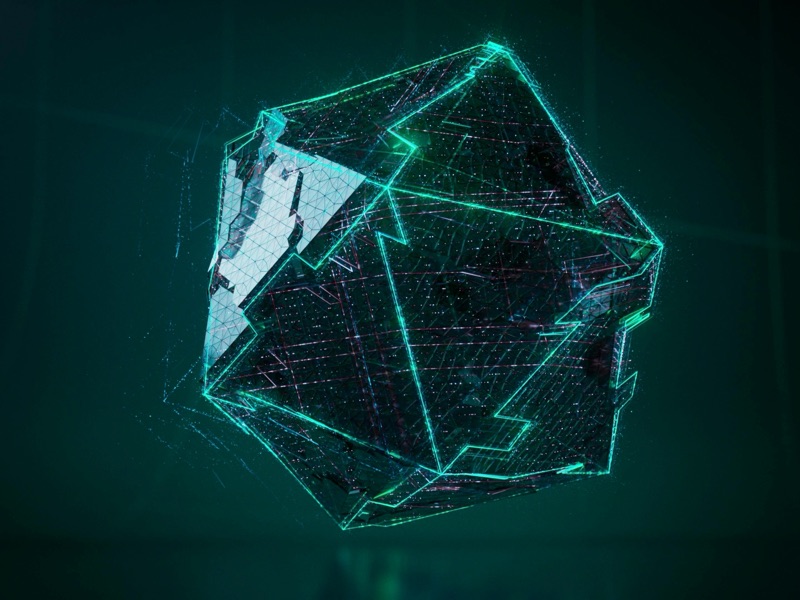In 2025, it's easy to be dazzled by the visible layers of technology—sleek interfaces, real-time AI assistants, and virtual worlds so vivid they feel real. But beneath every stunning app, autonomous car, or machine learning model lies an unshakable foundation: mathematics.
Math is not just a subject taught in school; it is the language of technology. It powers everything from the algorithms behind your favorite streaming recommendations to the cryptographic protocols keeping your digital life secure. Despite the rapid pace of innovation, the relevance of mathematics has only grown more critical in today’s world. Here’s why.
1. Math Powers Artificial Intelligence and Machine Learning
At the heart of modern AI—whether it’s large language models, facial recognition, or recommendation systems—lies a combination of linear algebra, calculus, and probability theory. Vector spaces, matrix operations, derivatives, and statistical distributions are not academic relics; they’re the core of every neural network and data pipeline.
In 2025, models are becoming more efficient, modular, and adaptive, but the fundamentals haven’t changed. Training an AI system requires gradient descent (calculus), manipulating massive matrices (linear algebra), and estimating uncertainty (statistics). Without math, modern AI simply wouldn’t function.

2. Encryption and Cybersecurity Depend on Number Theory
Every time you unlock your phone with a face scan, send a private message, or authorize a transaction, you rely on encryption algorithms—most of which are grounded in number theory, modular arithmetic, and prime numbers.
As quantum computing looms closer to practical application, the tech industry is racing to implement post-quantum cryptography. These newer systems are also steeped in mathematics, often relying on lattice problems and complex algebraic structures that are computationally hard to break. Math ensures digital trust.
3. Simulations and Graphics Are Math in Motion
Whether it's a game engine, a physics simulation, or a metaverse application, the realism you experience is driven by vectors, geometry, and calculus. Lighting models use differential equations. Character animations rely on interpolation and inverse kinematics. Particle systems mimic real-world physics using numerical methods.
As immersive media becomes more advanced, so do the mathematical models required to simulate life-like motion and interaction. Without math, we wouldn't have VR physics engines or photorealistic rendering pipelines.

4. Algorithms and Optimization Are Built on Math
From search engines to ride-sharing routes, efficient algorithms are crucial. And designing them requires discrete math, graph theory, and combinatorics. Every sorting function, network traversal, or recommendation list is a product of mathematical thought.
In 2025, the growing demand for real-time, energy-efficient computing has elevated the importance of optimization. Engineers use convex optimization and operations research to design smarter systems that can make decisions on the fly—whether it's minimizing power usage in an IoT device or optimizing bandwidth in a global data network.
5. Data Science Is a Numbers Game
Data is the new oil—but raw data is useless without analysis. Statistical modeling, regression analysis, Bayesian inference, and time-series forecasting are indispensable for turning data into actionable insights.
From climate prediction to business intelligence dashboards, data science is omnipresent. It demands not only the ability to code but the mathematical literacy to interpret results correctly. A wrong assumption in a statistical model can lead to faulty decisions or flawed AI outputs. In a data-saturated world, math is the compass.

6. Emerging Tech Still Relies on Mathematical Foundations
Quantum computing, bioinformatics, edge AI, and neural interface devices all sound futuristic, but they’re all grounded in complex mathematics. Quantum algorithms involve linear algebra in complex vector spaces. Bioinformatics tools use probability models to interpret genetic data. And neural interfaces require signal processing techniques derived from Fourier transforms and differential equations.
Math is not becoming obsolete—it’s becoming more embedded and more essential.
Conclusion: Math Isn’t Optional—It’s Foundational
We live in a world where tools like ChatGPT can write essays, and apps can translate languages in real-time. It might seem like the machines are doing the hard thinking for us. But behind every innovation is a mathematical model, a theorem, or a statistical assumption quietly doing its job.
In 2025, understanding math is more than just a skill—it’s a superpower for anyone working in technology. Whether you're coding, designing systems, analyzing data, or researching the next breakthrough, math is your invisible partner.
So the next time you marvel at a new piece of tech, remember: it’s not just software or hardware making it happen. It’s mathematics—timeless, abstract, and more relevant than ever.